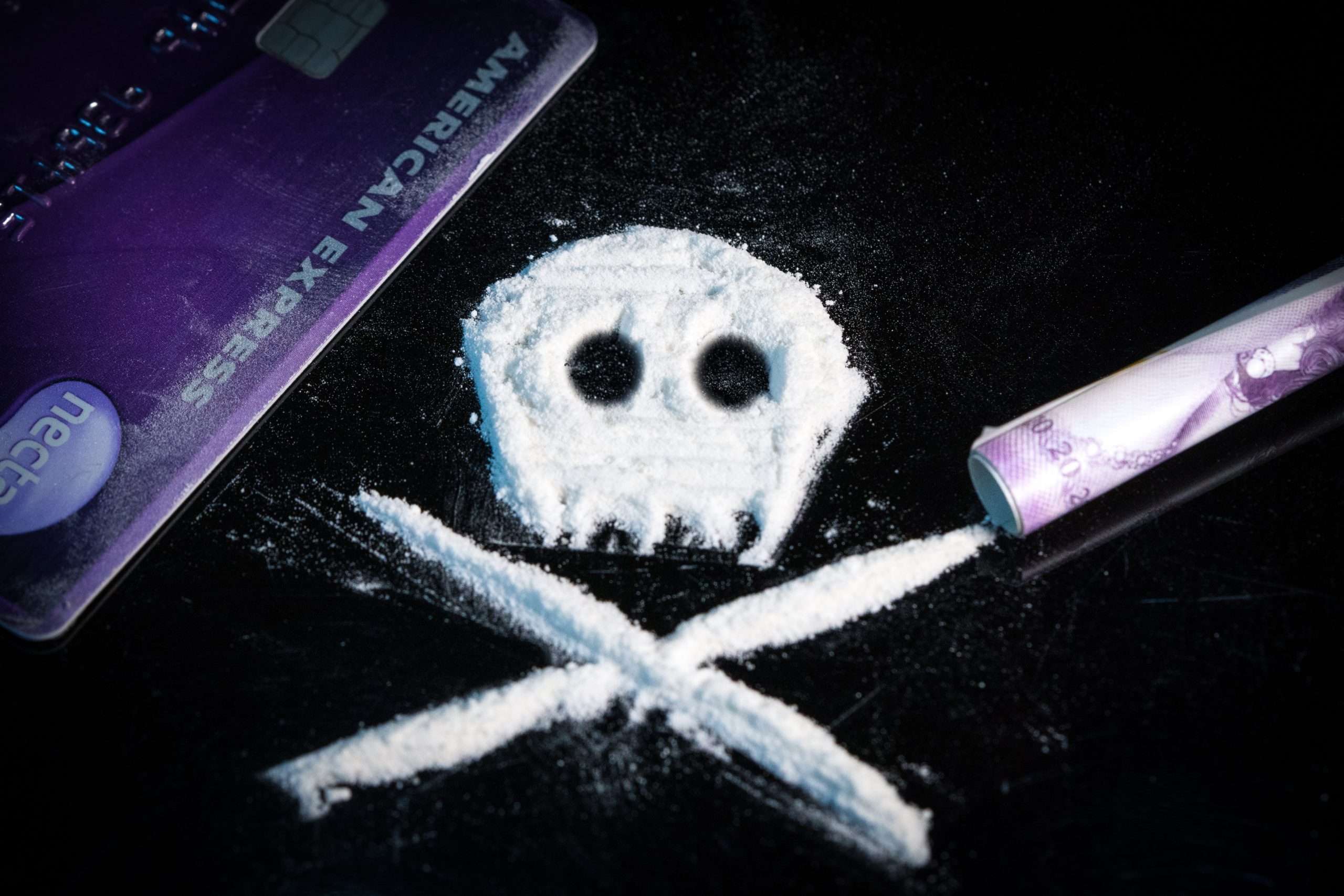

In case you haven’t heard, we are in the middle of an opioid addiction crisis, and I am not just talking about the illegal kind like heroin or street fentanyl. I am talking about all of it, opioid addiction, including the other half of the problem: prescription opioids like Percocet, Oxytocin, Vicodin, and Codeine. According to a Amerispeak Spotlight health survey from NORC at the University of Chicago about one in five adults, which is 18%, have been prescribed an opioid prescription in the last year. Thirty-seven percent reported never receiving an opioid prescription, eighteen percent were prescribed in the last year, fourteen percent in the last 1-2 years, and thirty-one percent in the last three or more years.
In total, illegal, and legal opioids have a hold of 9.5 million Americans from the age of twelve onwards. Yes, you heard me right, TWELVE onwards with active opioid addictions. The worst part is the domino effect. As more people misuse opioids, more people overdose, and, in the end, more people die. The sad reality is that of these millions of opioid users, only 10% get any treatment to help overcome the addiction. Unfortunately, this number is not increasing as fast.
So how did we get here? Well, I have been researching why we are in this situation, and I have learned a lot.
What Are Opioids?
Opioids are basically chemical compounds that can block pain. A little chemistry (and biology) 101 here. The word opioid is an umbrella term for any substance, natural or artificial, that affects a specific part of the brain known as the opioid receptors.

Early records show that back in the day, and I am talking thousands of years ago, people realized that when they crushed up the opium poppy plant/joy plant and ate it (or smoked it), they felt less pain, were more relaxed, and slept better. All the way back to ancient civilization people used compounds/derivatives, which we call opiates, for sleep, pain, and relaxation.
The Birth of the Opioid Crisis
Ah, now we come to the birth of our modern-day problem. In 1803 a German chemist named Friedrich Wilhelm Adam Sertürner was studying the opium plant to find out why it caused this relaxed, drowsy effect. His research led him to discover a substance that he named morphine after the ancient Greek god of dreams, Morpheus.
Soon, Morphine was the medicine of choice for doctors for every ailment under the sun. It quickly became the recreational pastime of the upper class. Scottish doctor Alexander Wood invented the hypodermic needle in 1853 to treat specific body parts for pain with morphine. The use and abuse of morphine spread like wildfire, which eventually led to our first opioid addiction crisis. Women were more prone to opioid addiction. At its peak, 60% of addicts were women.
Heroin was first created with the help of morphine in 1898. A German company, Bayer, created heroin and marketed it as an over-the-counter pain reliever, cough suppressant. At this time, they thought heroin cured morphine addiction. Crazy, right?
Opioids in the 1900’s
Cross over into the 1900s, and soon enough, everyone has an amber bottle of heroin in the house. Which also meant they had an opioid addiction they didn’t know about. It was cheaper and stronger but even more addictive than morphine. People never questioned the medical professionals, and that was a big mistake. By 1906, people began showing up at hospitals asking for help getting off heroin.
Around this time, the government woke up, looked around, and realized there was a problem. They did what they did best and started banning opium, morphine, and heroin. All-out bans encouraged smuggling and created underground markets. Addiction rates soared to all-time highs for that time as a result.
Scientists were on the hunt for new opiate compounds because people feared heroin. These efforts eventually led to the creation of compounds like oxycodone, fentanyl, and other opioids. Leading to furthering our opioid crisis in an upward trend that has stuck.
Cut to the 21st Century
Now, let’s fast forward through the 1980s, 1990s, and early 2000s (until about 2010). Oxycontin became the new treatment for individuals attempting to manage pain. I must mention here that it was mainly because of two things. First is unverified research that said opioids were not addictive if used for pain. Second, big pharma’s greed to sell, sell, sell.
That brings us to today, about 120 years after the creation of morphine and heroin, and things aren’t any better. Yes, we have an extensive list of controlled substances, but that hasn’t stopped opioid abuse. Let me break it down for you:
- The illegal opioid market in the US is believed to be worth $55 billion, and this is a conservative estimate.
- Heroin use has tripled in the last decade, so people are five times more likely to start using it.
- In 2021, 107,521 people died from opioid overdose, a 50% rise from 2019.
- So many people are dying from opioid overdoses that it’s affecting US life expectancy, which is now decreasing.
- Fentanyl, a lab-made opioid, is fifty times more powerful than heroin. Known as manufactured death, it’s mixed in heroin and even sold as other drugs because it is cheaper for drug dealers to sell.
Here’s one last bit of information for you. In 2021, 42,915 Americans died in a car accident. This means that technically you are five times more likely to die from overdosing than from a car crash. The numbers don’t lie.
All Hope is Not Lost… Opioid Addiction Recovery
I wrote this post because it’s important that we know what we are up against. I am a firm believer in education being the best path to treatment and prevention. Every day more studies are conducted, and there are many breakthroughs. Researchers are producing better treatments to help us get through the withdrawal symptoms and recover. Yes, it’s a hell of a journey, and it takes every fiber of strength in your being, but it’s possible! I could give you some more stats, but for now, just look at my story. Still clean, still fighting. Let’s hear your story and how you plan to turn your frown upside down. Channel your change. Create your change.
If This Post…
If this post resonated with you or you have something you would like to add or share, please do so in the comments below. I love to hear from you. You could also support my work by liking, sharing, commenting, subscribing, and registering to join our free-of-charge, supportive, all-inclusive, judgment-free, meet-you-where-your-at online community where teachers learn, and learners teach.
In our support forums, you can give support or receive support all on the same day. This community is for all of us who are more progressors, less perfectors. Addiction is not a prerequisite. All are welcome. This is a new, growing community, so please have patience, and if there are any issues, please contact me at support@samanthabushika.com

PnP Official Recovery Logo Merch
Circle Pendant Necklace

PnP Official Recovery Logo Apparel
Unisex Classic Zip Hoodie
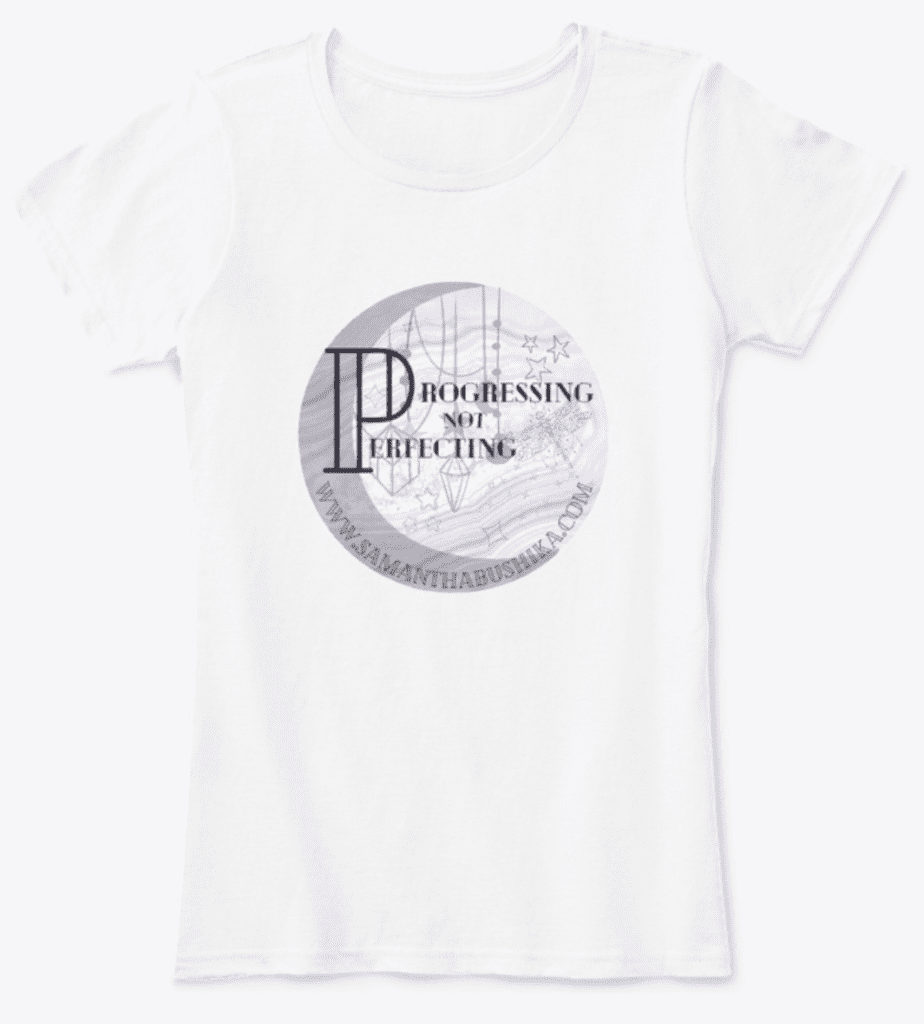
PnP Official Recovery Logo Apparel
Women’s T-Shirt
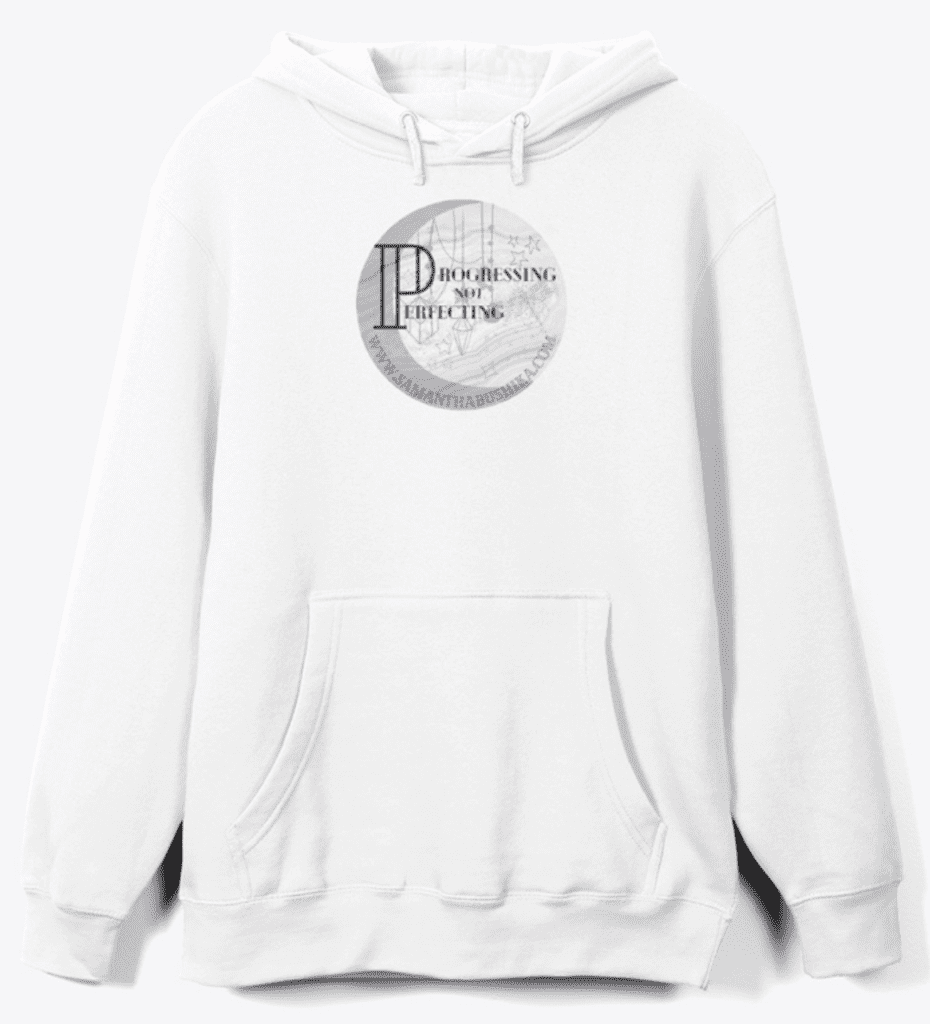
PnP Official Recovery Logo Apparel
Unisex Classic Pullover Hoodie
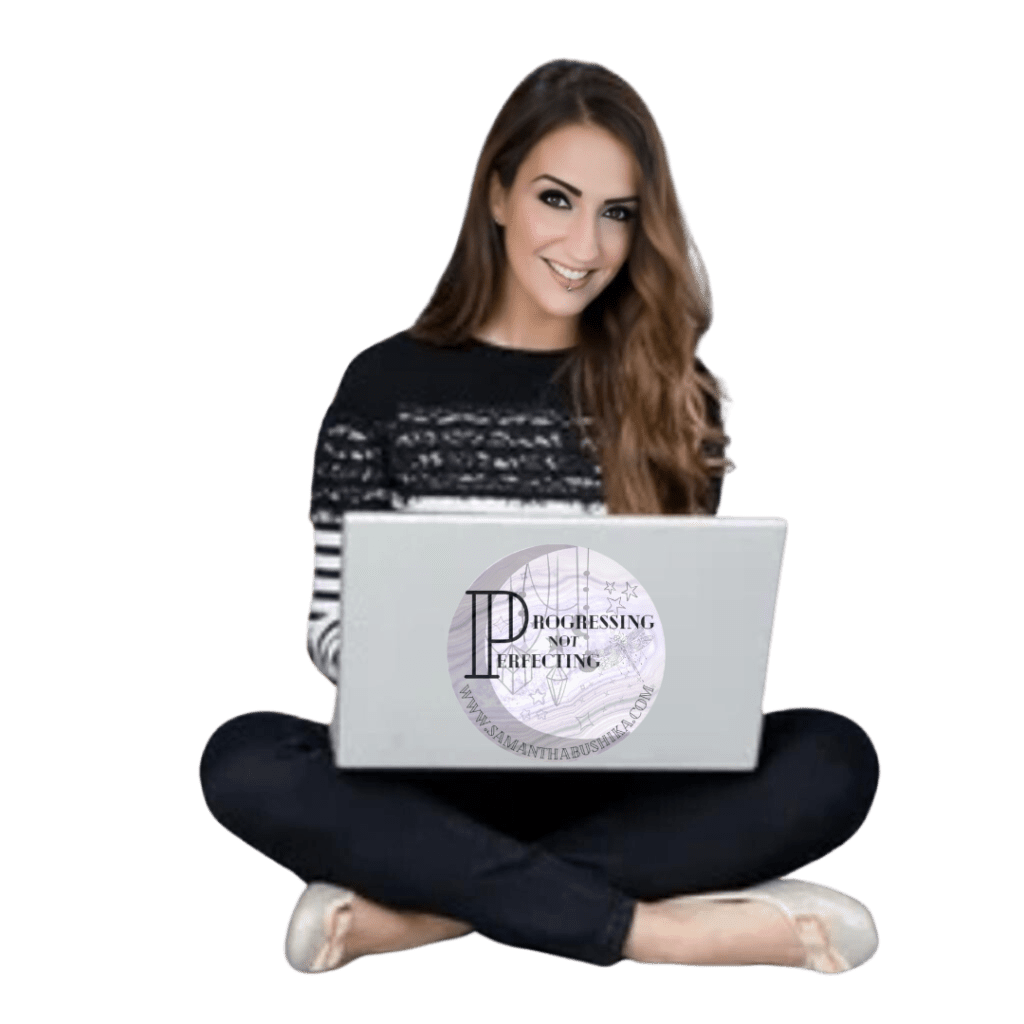

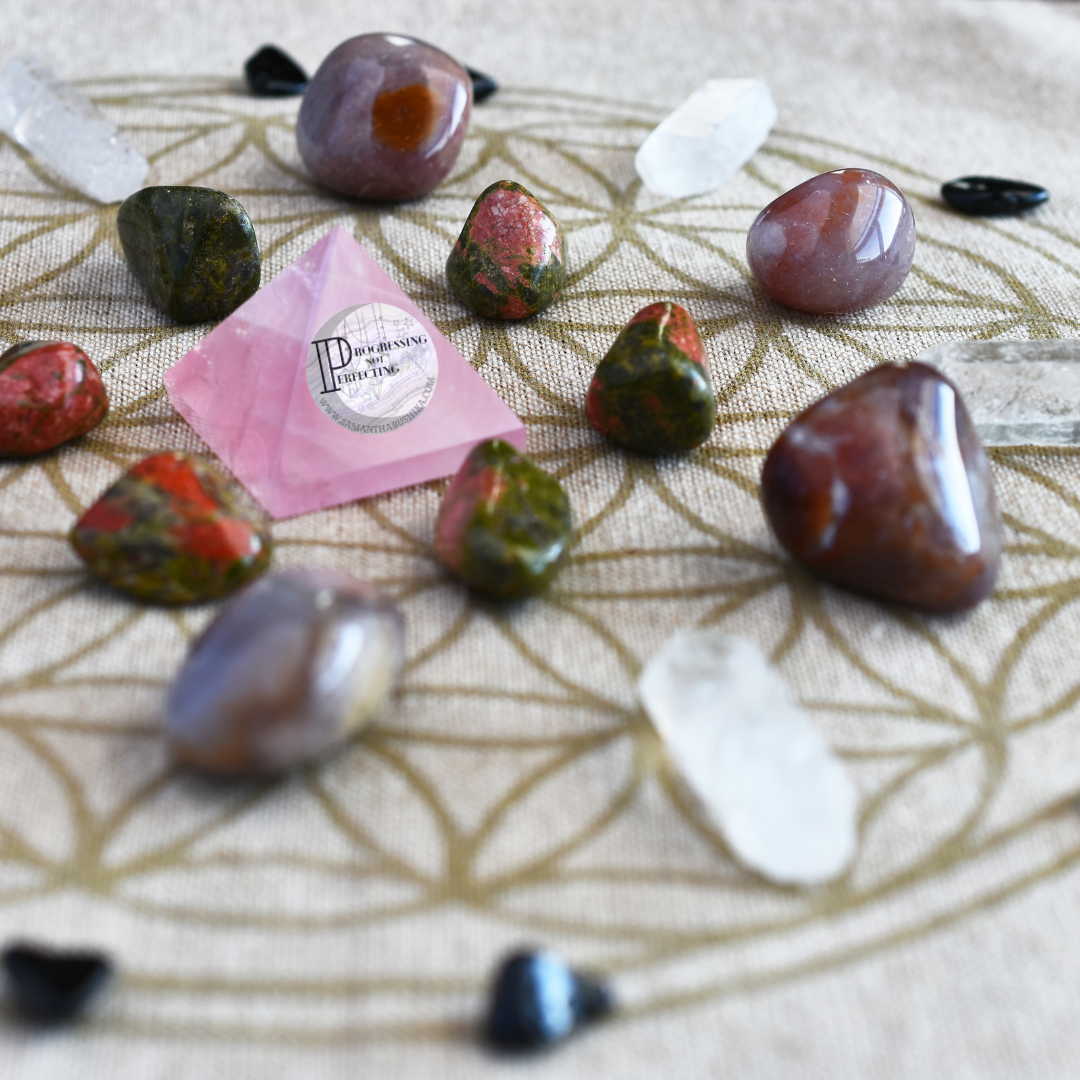


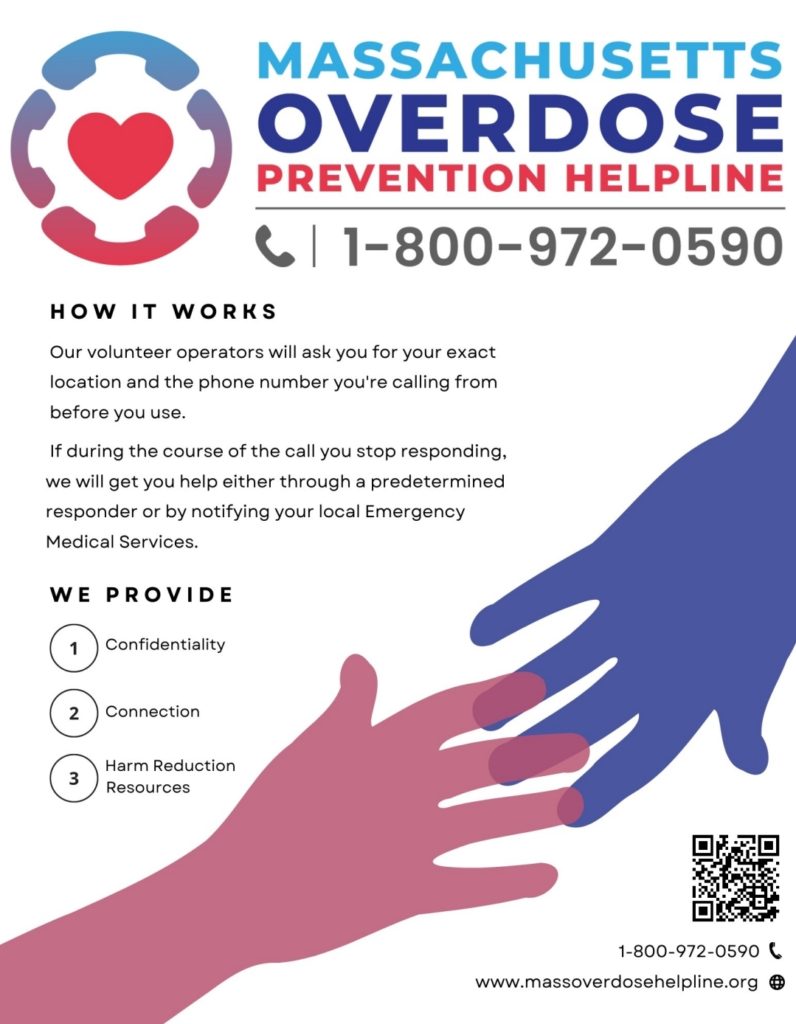
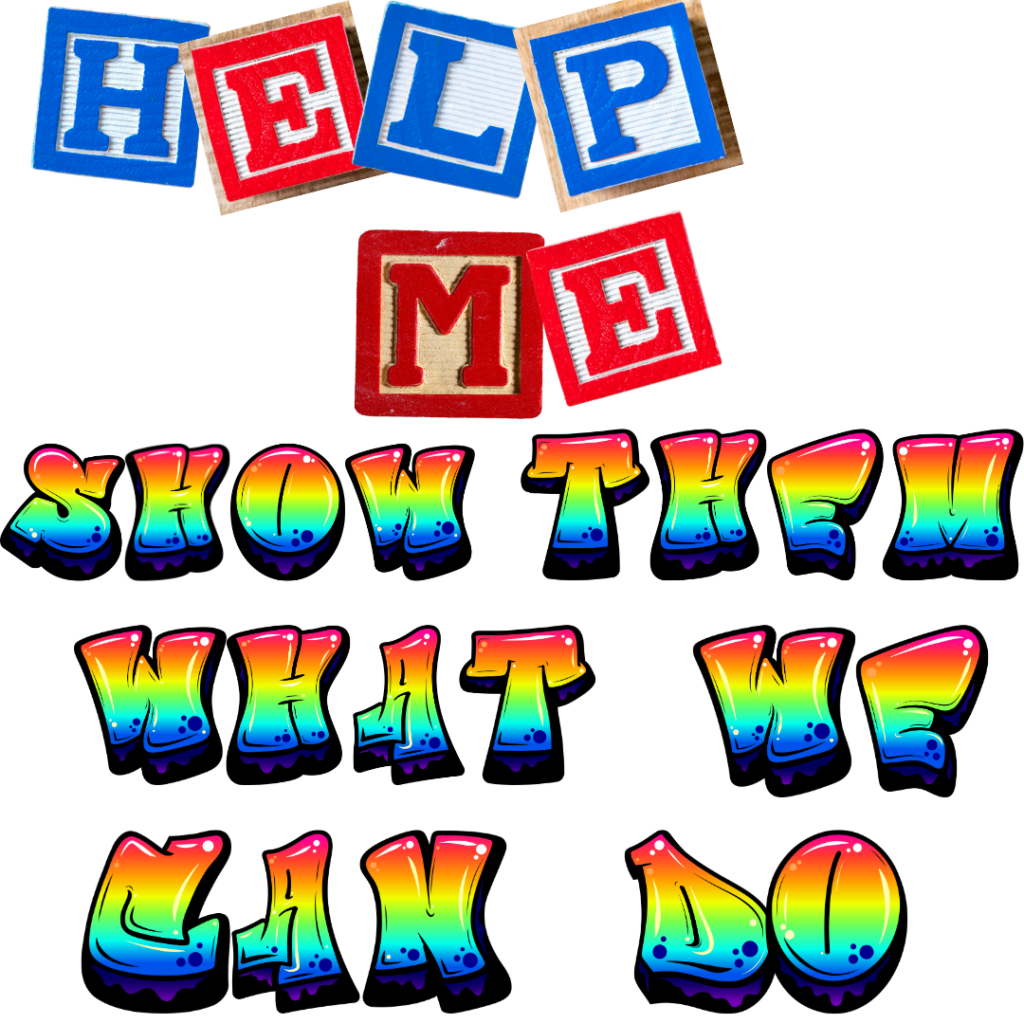
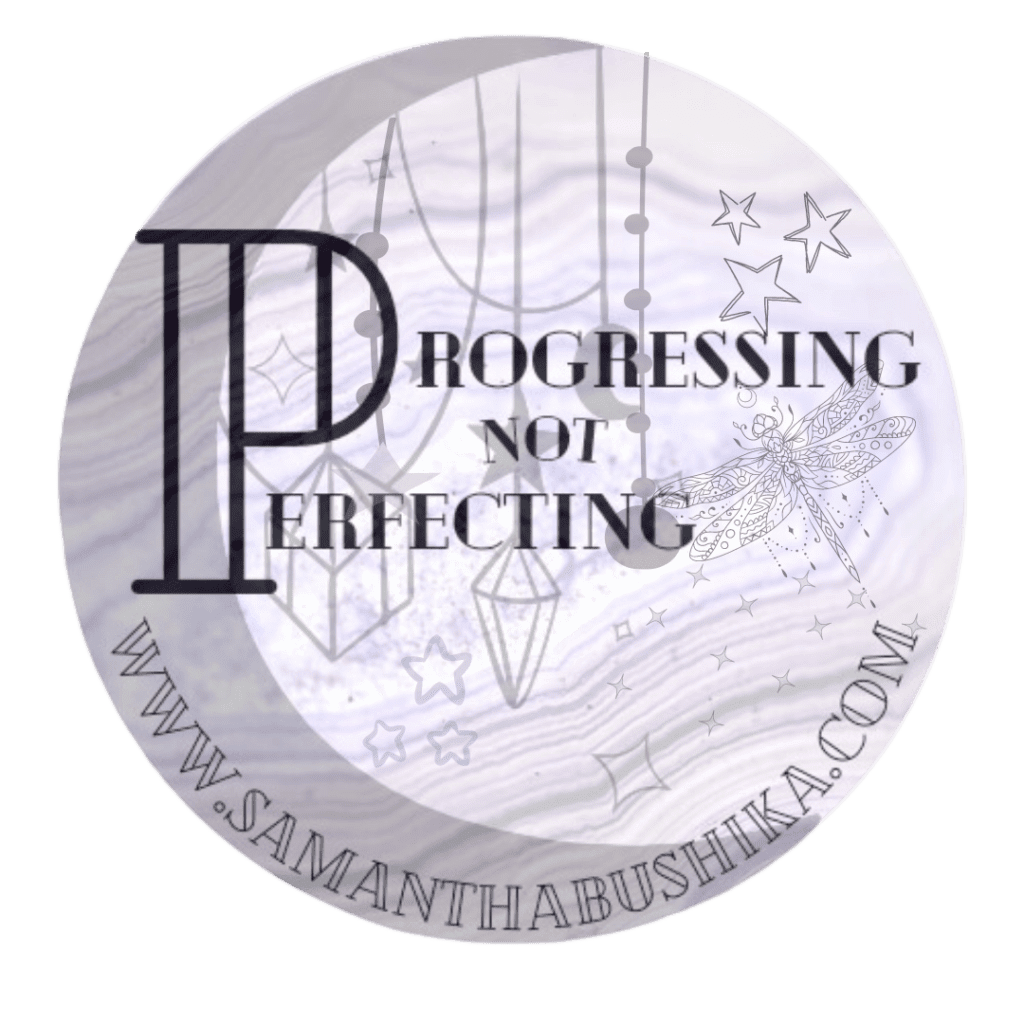

Tell me what u think about the article and what you would like to read about or see around here…